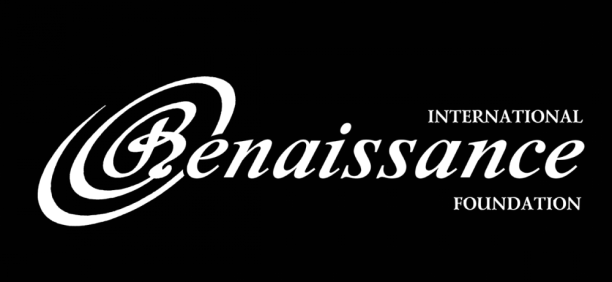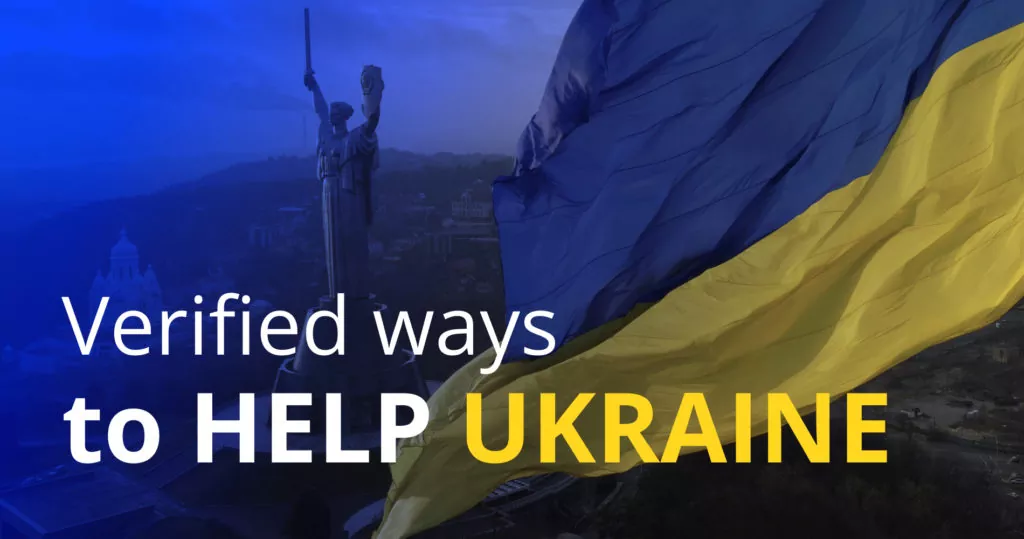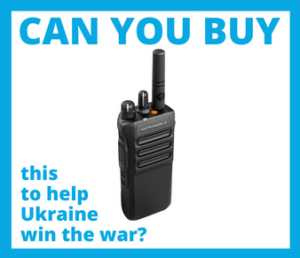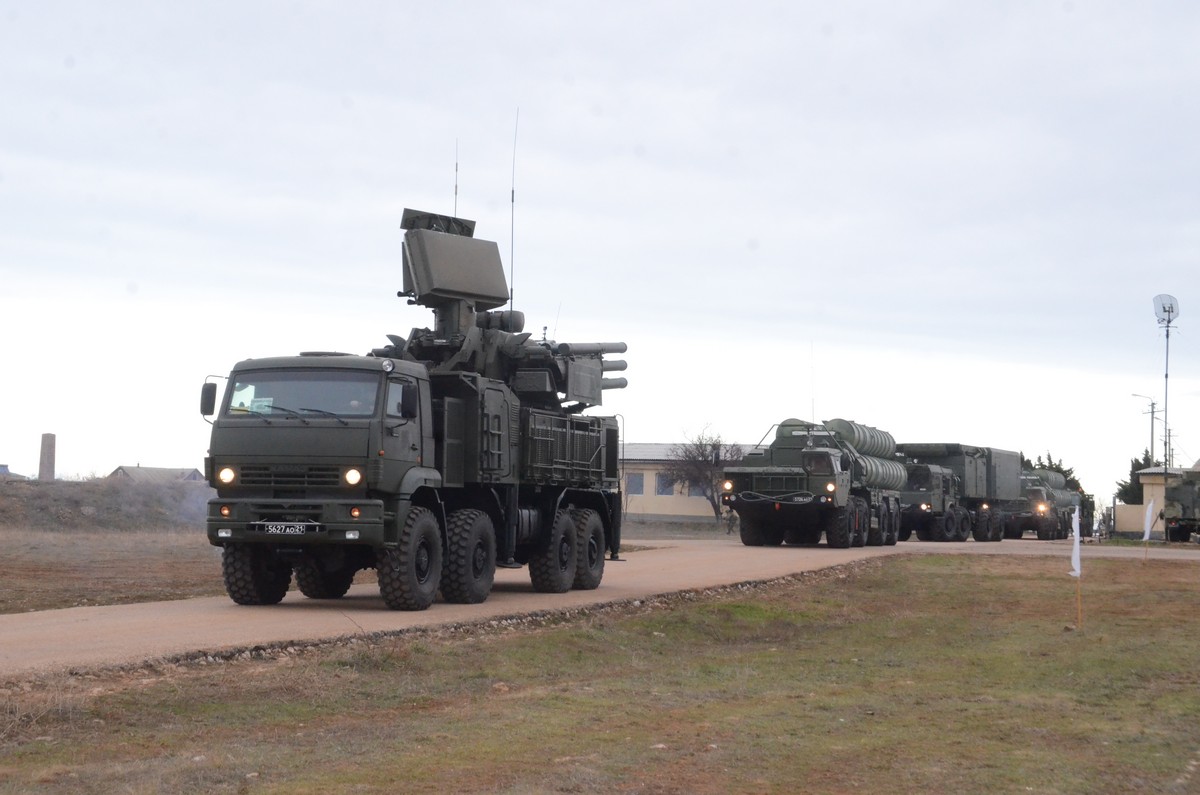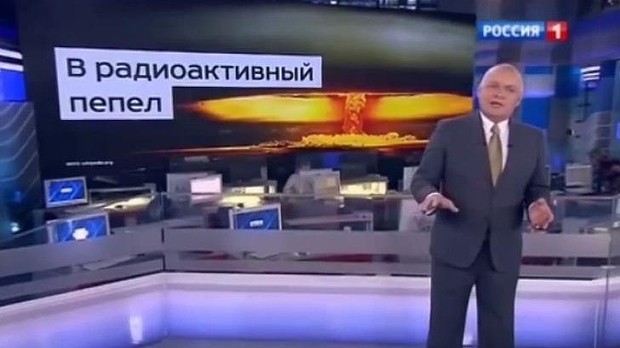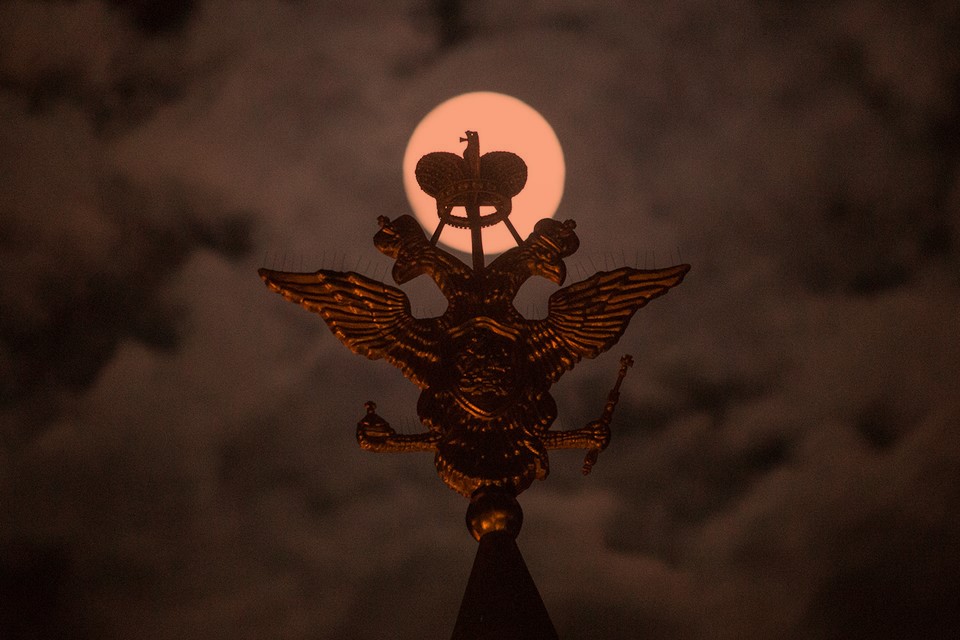By the end of next year, Moscow will have formed 40 new brigades and divisions while cutting the size of its military, thereby the kind of “paper divisions” that plagued the authorities in the past, units which sound impressive but in fact are hollow shells incapable of performing their tasks, Aleksandr Golts says.
The reason this is happening, the military observer argues, is that Russia has entered a new cold war against the United States whose military budget is almost 20 times the size of Russia’s and one that Moscow has no possibility of responding to except by creating these “paper” units.
At the meeting of the defense ministry collegium this week, a session which Vladimir Putin attended as the supreme commander, Russia’s efforts looked impressive: the military announced it had formed ten new brigades and divisions this year and plans to form another 11 in 2019, bringing the total of new units created since 2014 to about 40.
But despite the formation of these new units, Golts points out, the size of the Russian armed forces “not only have not grown but are declining.” Since 2015, for example, the number of professional soldiers has not increased; and the size of the draft quota this year was 14,000 fewer than in 2017.
These new units just as in the Soviet and Russian past, are being staffed by officers. “Such regiments and divisions formed 80 percent of the Russian army before the Serdyukov reforms; and they were absolutely incapable of performing their mission,” as anyone could see from the Chechen wars and the military conflict with Georgia.
Despite that failed past, “now ‘paper divisions’ evidently are returning. And with them low military preparedness,” Golts continues.
But that is hardly the only problem that the December 18 meeting called attention to. Defense Minister Sergey Shoygu spoke about having met all his plans for rearming the military. But a comparison of his promises a year ago with what he is saying now shows that this has not happened.
“In 2018,” Golts says, “the forces were supposed to receive 203 planes and helicopters.” In fact, they got 126. Long-range aviation was supposed to get six new planes: it got five. The navy was supposed to get 35 new ships; it received only 25. Promised refittings were delayed; and so “in the best case,” the Russian military fulfilled only about 70 percent of its goals.
These shortcomings are probably why Putin and Shoygu are holding such high-level meetings so frequently: they can’t count on the system to meet its goals and so are moving to take direct hands-on control of the situation. But they too appear to be under some illusions about what is possible given budgets and still talk about “miracle” weapons.
Golts points out that “the leader of the state is not required to know everything, but someone has told him some obvious nonsense.” He appears to think that the US wants out of the short and intermediate range missile restrictions because of cruise missiles on ships and planes. That isn’t true.
The Americans are concerned not about those rockets but about the land-based 9M729 Novator systems. That is because Moscow has put more of them into operation because it is “much cheaper” to install land-based rather than air- or sea-based ones. Putin’s remarks this week thus represent a confirmation of US charges rather than a refutation.
The December 18 meeting of the defense ministry collegium was clearly intended to give Russians “the certainty that their security is under reliable protection. I fear,” Golts concludes, for an attentive reader, the effect produced is just the opposite.”
Further Reading:
- Moscow military expert: Ukraine is Russia’s mortal enemy and must be dismantled or absorbed
- Moscow’s much-ballyhooed Vostok-2018 military maneuvers involve far fewer soldiers than advertised, Golts says
- ‘Undoubtedly Russia has put nuclear weapons in occupied Crimea,’ Felgenhauer says
- Russian military analyst: New Russian attack on Ukraine likely as a frozen conflict threatens Putin’s goals and interests
- Moscow military analyst: Russian Army currently ‘unprepared for modern war’
- Putin’s ‘long game’ consists of a multitude of special ops, Shtepa says
- Russian military insider: Moscow must redraw its military districts to respond to “new challenges”

